Have you ever wondered that you need something more than oxygen to go on? This special air, not found in posh housing complexes of a metropolitan or in tall offices, the kind that puts you in a trance and fills you up on the inside, the refreshing kind, the rejuvenating breath of fresh air-only found high up, way up in the invigorating lap of nature. Where, you ask? In Ladakh, of course! Were you expecting any other answer from me?
Experience Ladakh In a ‘Never Before’ Way
There can be several ways to experience the magical beauty of Ladakh, however, trekking in Ladakh is an adventure at its best. The blessed beauty of the incandescent mountain and the longing valleys of Ladakh have never failed to beckon travellers across the globe. Apart from being the land of dream, it is a popular destination for thrilling activities. The challenging and unique topography of this place lends it a charm of its own when compared to other popular trekking destinations. From the desert to blue waters, burning sun to freezing winds, and from glaciers to sand dunes, Ladakh resembles a paradox of nature. It is home to many trekking trails that can bring one face to face with surreal landscapes while providing an adrenaline rush like never before. Ladakh is a place that ensures that whether the trek is strenuous or easy, at the end you will always a have a great adventure experience by your side.
Chadar Trek:
Altitude: 3850 m
Approx. Duration: 10-21 days
Best Time to Go: Mid January – End February
Difficulty Level: High

Chadar trek is one of the popular treks that offers an opportunity to register a memorable experience by trekking on the frozen river, Chadar. It is also known as Chadar frozen river trek as the Zanskar River transforms into a sheet of frozen ice during sub-zero temperatures in the winter season. The Chadar trek route is the traditional way out for people to traverse in winters as others ways used to get blocked due to heavy snow in Ladakh. There are several prominent places that the trail to Chadar covers; however, Zanskar is a place of great significance. Being one of the last few surviving cultural satellites of Tibet, Zanskar reflects esoteric nature of Buddhism. It is home to around ten thousand inhabitants who are preserving and perpetuating their cultural identity. The Chadar trek provides a chance to penetrate the isolation of this place.
Moreover, the route taken by the trail connects several villages in the Zanskar valley. Chilling and Lingshed are the only sizable villages that it covers during the journey. The quaint charm and picturesque surroundings of the Lingshed village set it apart from other villages. One of the major attractions of this village is the Lingshed monastery that houses temples, stupas, statues, murals and manuscripts. It also gives an insight into the religious influence on Ladakh. The ancient monastic establishments of Karsha and Zangla are the important places that bear testament to the mysteries related to a land and culture frozen in time behind the ramparts of the Zanskar Mountains, the Shangrila.
Though Chadar trek provides a fascinating experience, it is important to remain cautious of the challenges that it throws. Walking on the river seems to be easy but it involves the risk of sliding on ice. However, the beautiful sights offered by this frozen sheet, Chadar, and the chilly surroundings create a captivating effect on the mind.
Stok Kangri:
Altitude: 6000 m
Approx. Duration: 11 days
Best Time to Go: Mid July-Mid September
Difficulty Level: High

Stok Kangri is one of the fascinating trekking options in Ladakh. Situated in the Stok range of the Himalayas in the Ladakh region, it is home to several remote places which cannot be explored otherwise. The deserted surroundings, blissful landscapes, trail with plenty of ridges combine together to make the experience of Stok Kangri trekking all the more exciting. Apart from resembling a unique blend of natural exquisiteness and cultural beauty, Stok Kangri trekking expedition involves a thrill-invoking climb to such high altitude.
The astounding views of the Zanskar valley, Indus Valley and lofty mountains in the Himalayas lend immense popularity to the Stok Kangri trek. There is no other such trek that offers the company of peace and tranquillity in such an inspirational and beautified profound manner. Stok village is one of the key attractions of the Stok Kangri trek. Besides being an exotic location, it reflects a unique blend of traditional and contemporary architectural styles of Ladakh. The panoramic views offered by the Stok Palace and Stok Museum can leave anyone amazed. A 360-degree view of the Saser Kangri and the splendid views of Karakoram Range add a special hue in the trekking expedition to Stok Kangri.
It is essential to know a hack of dealing with the weather conditions that can deteriorate on Stok Kangri trek. To trek in the sinking snow and the situation where you might find your legs sinking up to your knees are the problems that require immediate help and extra caution. However, the risk is worth it, as an adventure speaks hollow unless and until the wire of risk charges it with some thrill.
So, if one feels enchanted and thrilled to scale a tough yet an amazing summit, then Stok Kangri trekking expedition is an ideal choice to explore the mighty Himalayan range with a wider lens of perspective.
Markha Valley Trek:
Altitude: 3700 m
Approx. Duration: 8 days
Best Time to Go: June to September
Difficulty Level: Medium

Being the central valley of Ladakh, Markha Valley one of the prominent locations of the region. And so, the trekking expedition to Markha Valley is among the top trek routes of Ladakh. Markha Valley Trek proceed along Markha River through an area which is one of one of the world’s highest inhabited plateaus region, little Tibet in Ladakh. The region provides a clear and stunning view of the Great Himalayan, Ladakh and Zanskar ranges. These views serve are truly exemplar of nature’s beauty and its creativity.
Crossing through three passes of Stok, Stok La and Kongmaru at high altitudes is what adds to the popularity of the Markha valley trek. Apart from giving an opportunity to discover the places that nature has designed with a variety of hues, it offers a chance to experience camping at the base of Kang Yutze peak of Nimaling. To have an interaction with one’s own self under that star-studded sky serves as a therapy for the mind, which hardly gets time to express its own concerns. In that state of introspection, even body seems to recover from the clutches of the war that we constantly wage with the daily struggles of life.
On this trekking trail, trekkers would witness the scenic splendor of the landscape in abundance. They would also come across the willow groves, patches of wild roses, nomadic families inhabiting the region with their herds of yaks and pastel canyons decorated with multi-hued prayer flags furling with winds. Also, one cannot miss the accommodations which have been constructed as parachute tents at most of the village’s en-route. Renowned for its amazing biodiversity, the Hemis National Park is a must-visit during the trek. So, experience the contrasting colours of nature as there is no scope of regret on the trekking expedition to Markha valley. It offers a complete package of fun, excitement and adventure without posing an extreme risk to the safety of the individuals.
Also,
Minimize your impact in culturally and ecologically sensitive areas by being as self-sufficient as possible, especially with food and fuel. Buying provisions along the way puts unnecessary burden on the villages’ subsistence-oriented economies. It also encourages hordes of temporary ‘tea shops’ (usually run by outsiders), to sprout along the trails.
Refuse should be packed up, not disposed of along the route, no matter how far from the nearest roadbed you are. Plastics should be retained for recycling at the Ecology Centre in Leh.
Even when you know that you have to return to shoulder the same old burden, what comes as inspiration from the journey is the courage to start over anew. The trip is an analogy of the lesson that life teaches that it’s all about how you perceive. Though life has not given us the freedom to do away with the struggle altogether, it has given us the choice to find beauty and discover our own sunshine. Somebody has rightly pointed out that amidst the fury of life’s noise; there lies a soulful and an innocent harp that rings deep within all of us.




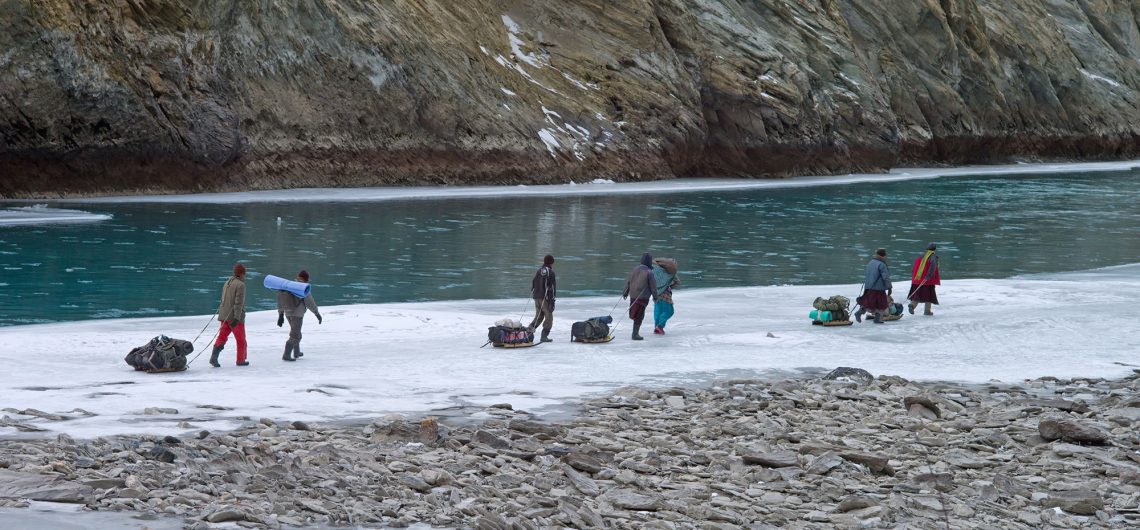
 The temperature here drops to around -30 degree Celsius and is the most suitable for being tread on in the winter months, hence.
The temperature here drops to around -30 degree Celsius and is the most suitable for being tread on in the winter months, hence. Trekkers start this exploration from Chilling and hike further up to Naerak(they can return from this point itself) and then Lingshed. The entire ice trail is about 105 kms long and trekkers walk about 15 kms each day
Trekkers start this exploration from Chilling and hike further up to Naerak(they can return from this point itself) and then Lingshed. The entire ice trail is about 105 kms long and trekkers walk about 15 kms each day A road between Zanskar and Leh is under construction which will make it easier for the locals to commute. However, it poses a great threat for the wildlife including snow leopards in the area.
A road between Zanskar and Leh is under construction which will make it easier for the locals to commute. However, it poses a great threat for the wildlife including snow leopards in the area. The fluctuating temperature in the valley makes and breaks the ice in the river. So, trekkers are to use extreme caution in a terrain such as this.
The fluctuating temperature in the valley makes and breaks the ice in the river. So, trekkers are to use extreme caution in a terrain such as this. The gigantic brown mountains that outline the frozen river present a great visual.
The gigantic brown mountains that outline the frozen river present a great visual.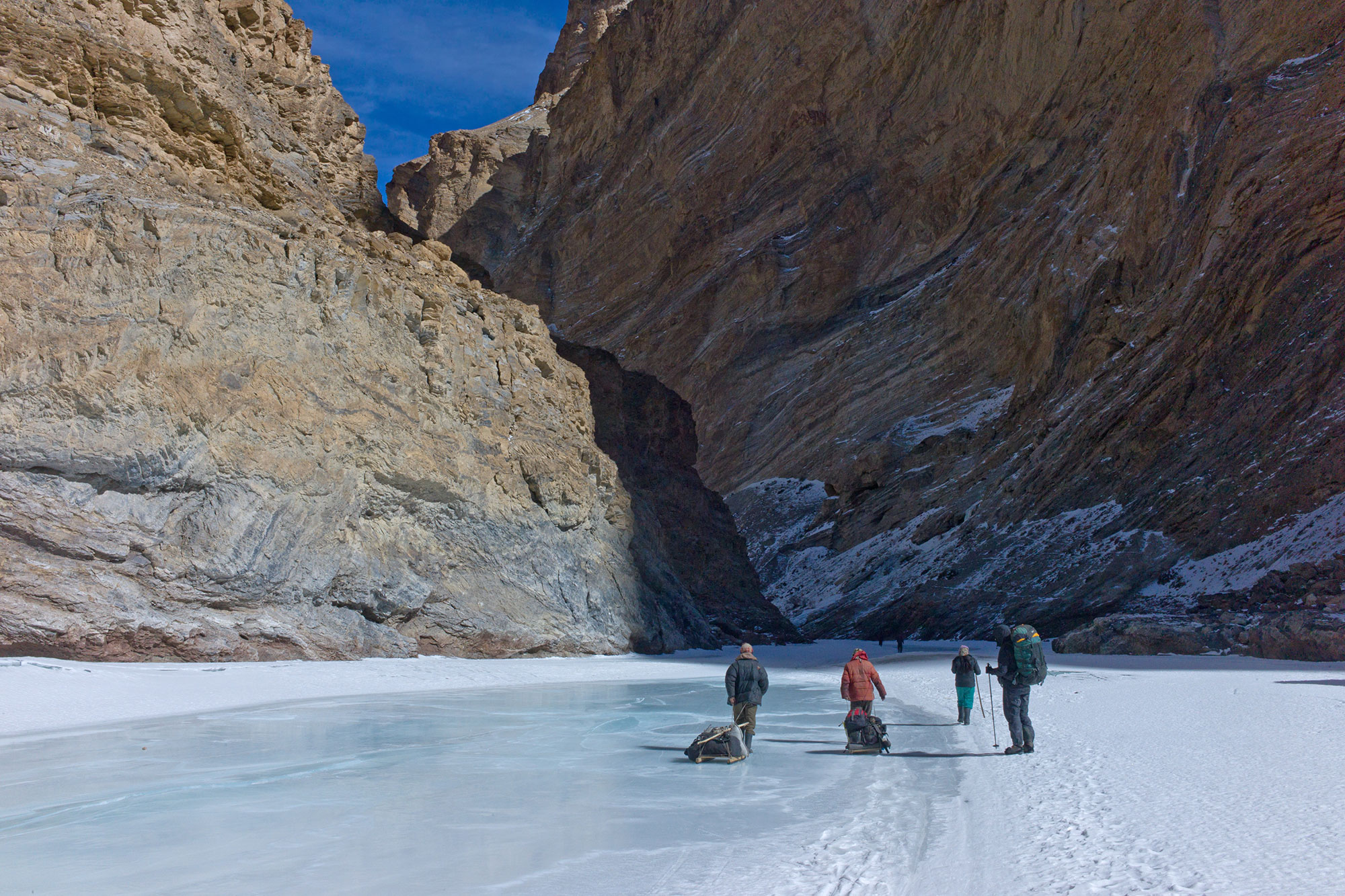 Locals cook food here in caves and it is served in caves. How dreamlike!
Locals cook food here in caves and it is served in caves. How dreamlike!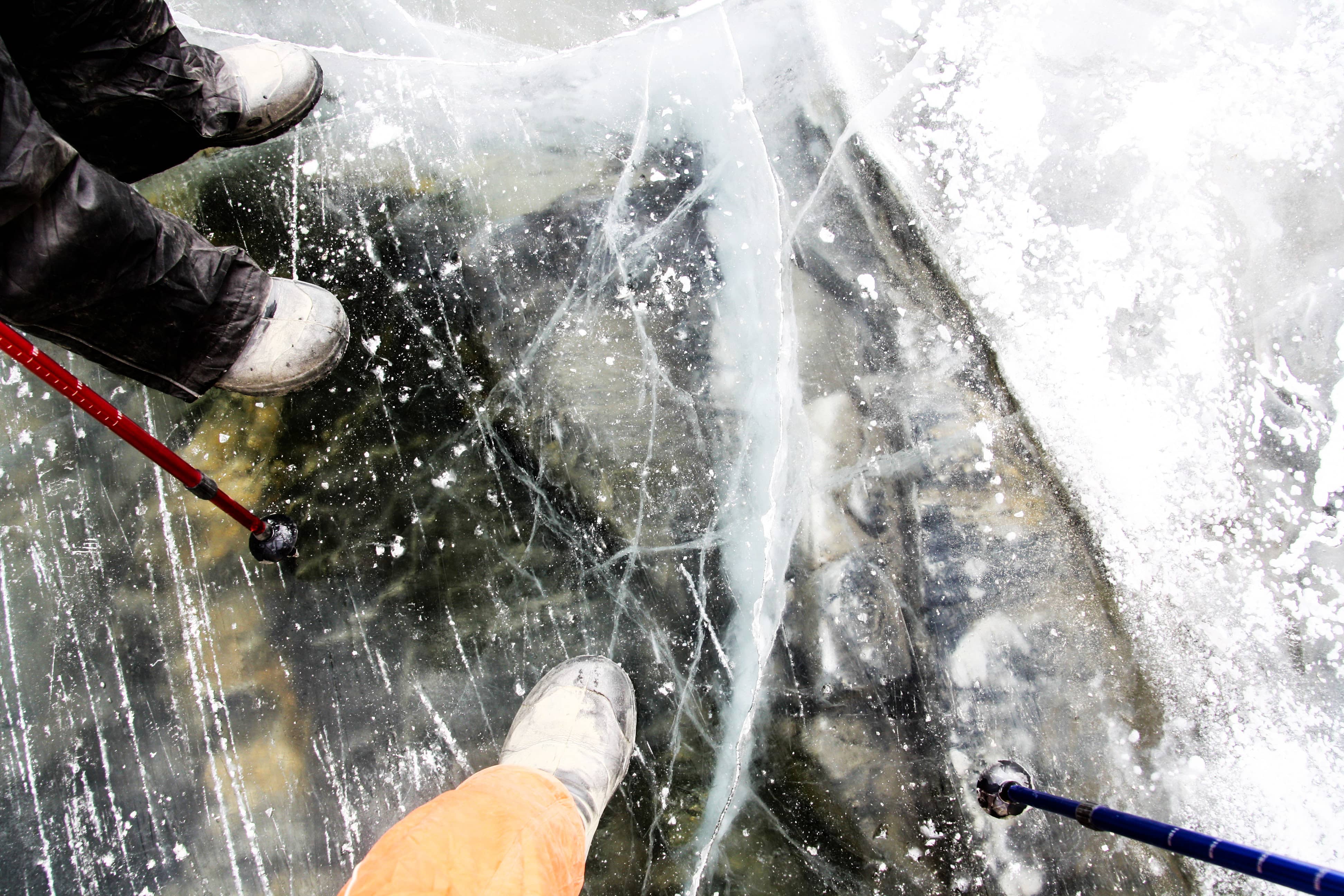 Impeccable trekking gear should be made use of while carrying out this trek. The ice sheets thin down over different times of the day.
Impeccable trekking gear should be made use of while carrying out this trek. The ice sheets thin down over different times of the day. Camping is an absolute delight on this trek! Enjoy incredible starry nights. Star-gazing is definitely something you should check off your list when you’re here.
Camping is an absolute delight on this trek! Enjoy incredible starry nights. Star-gazing is definitely something you should check off your list when you’re here.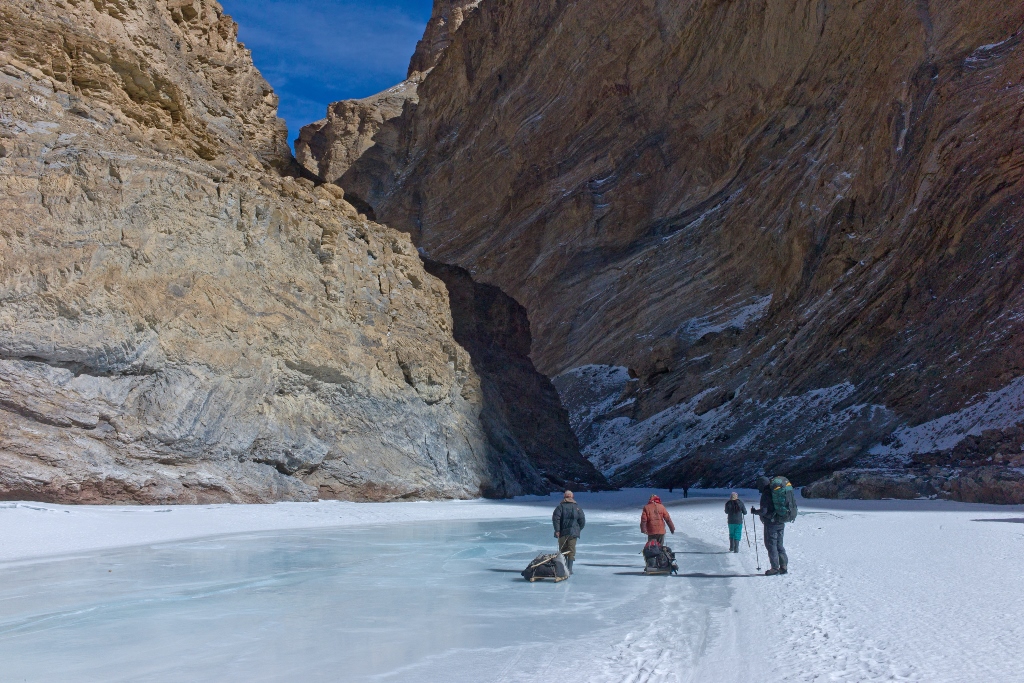











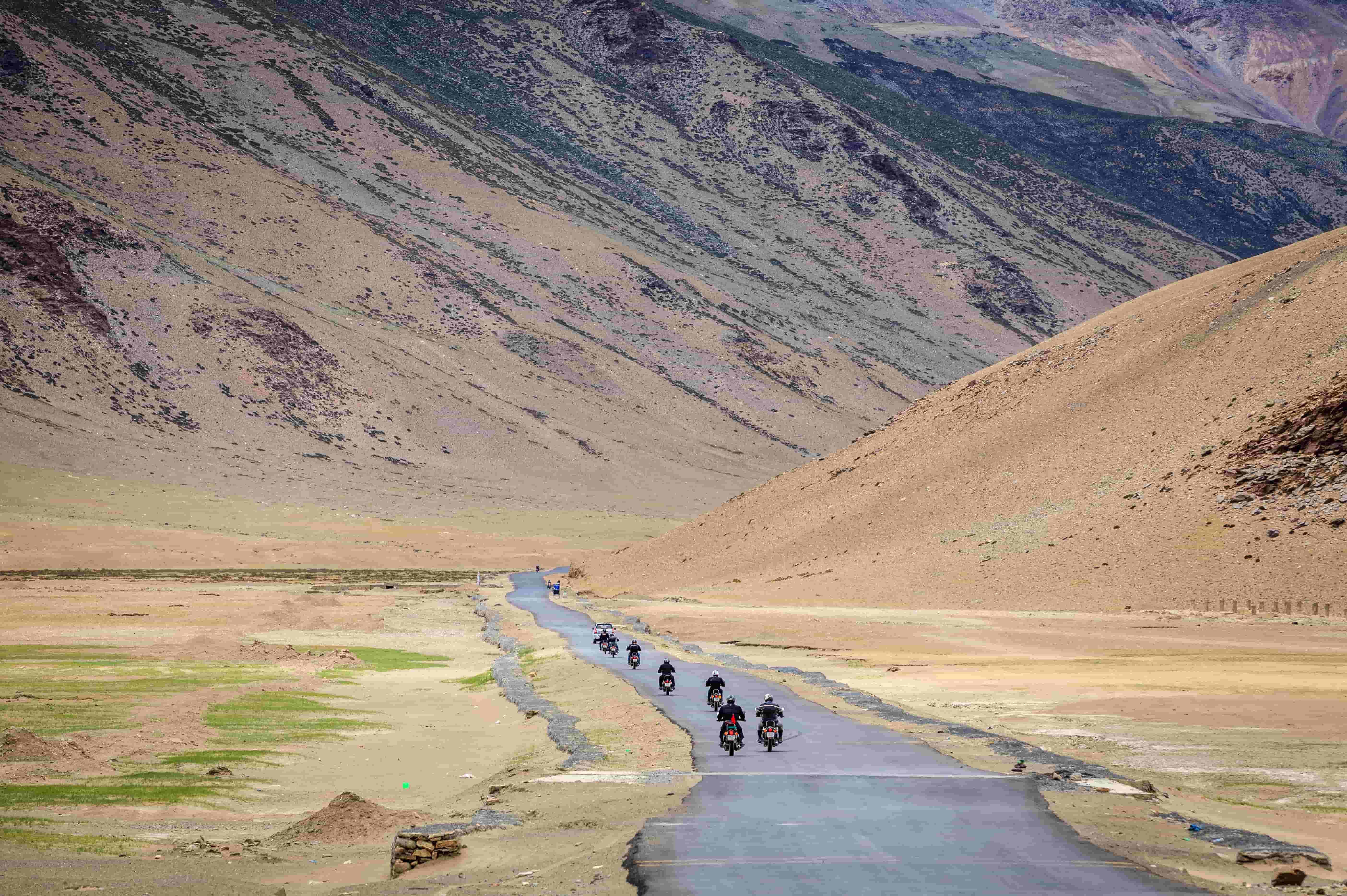
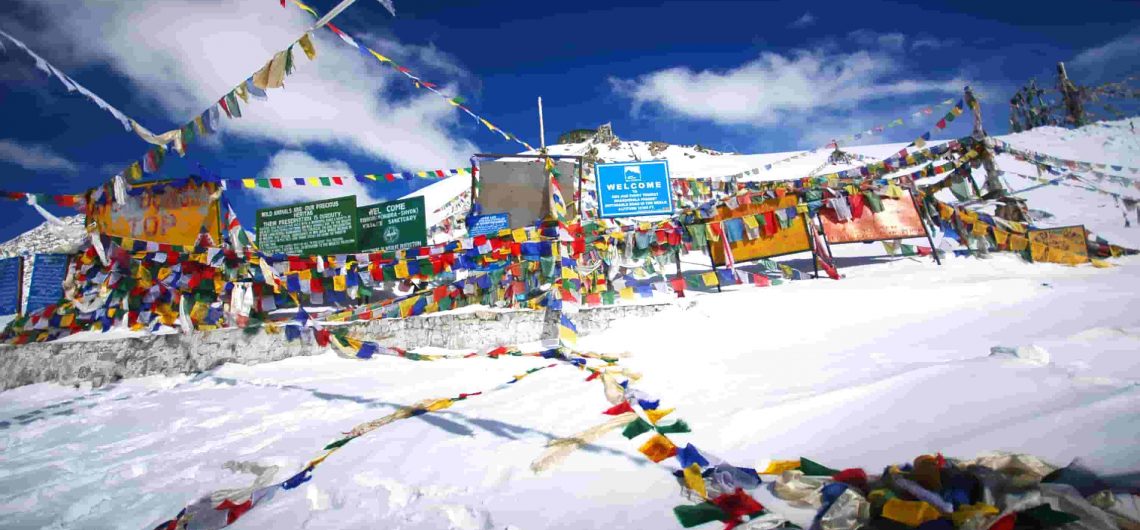






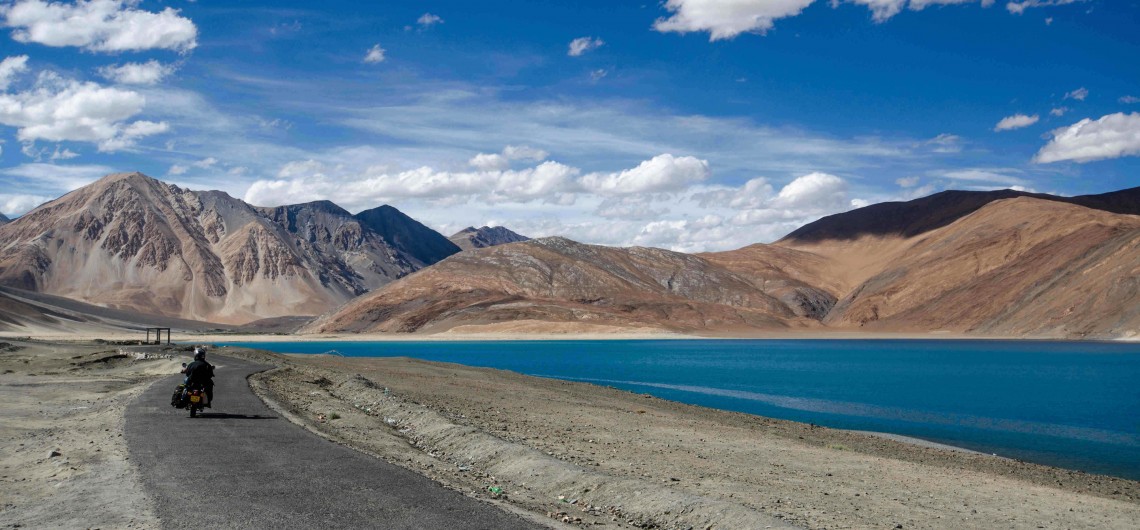


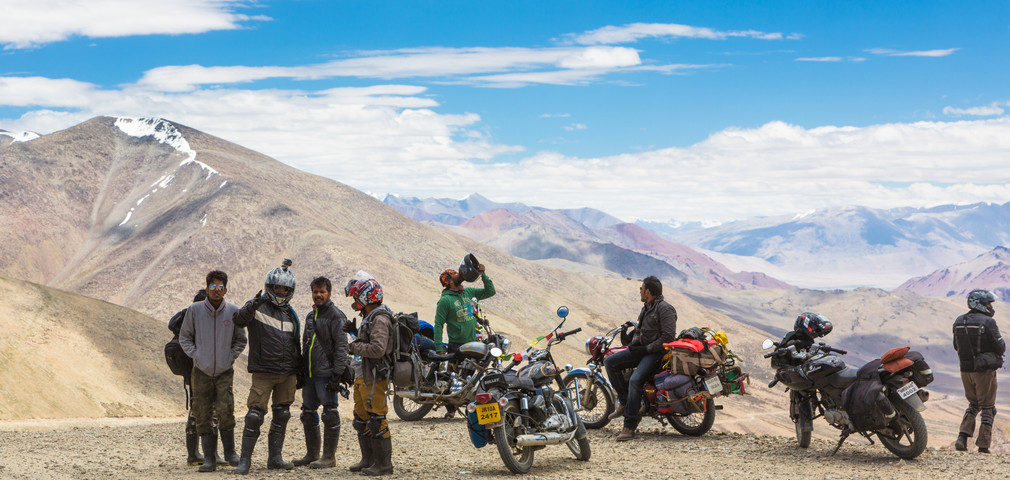

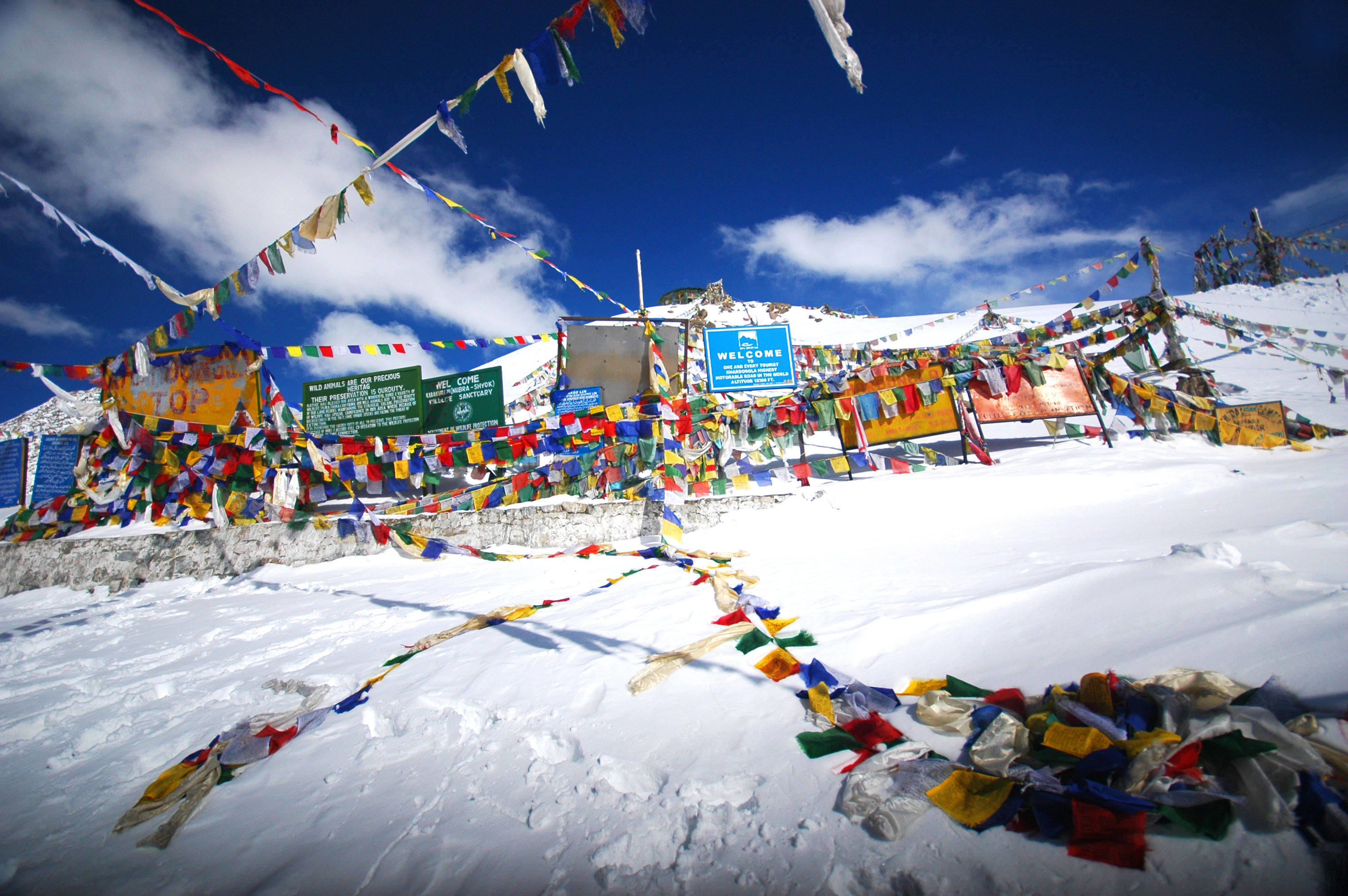










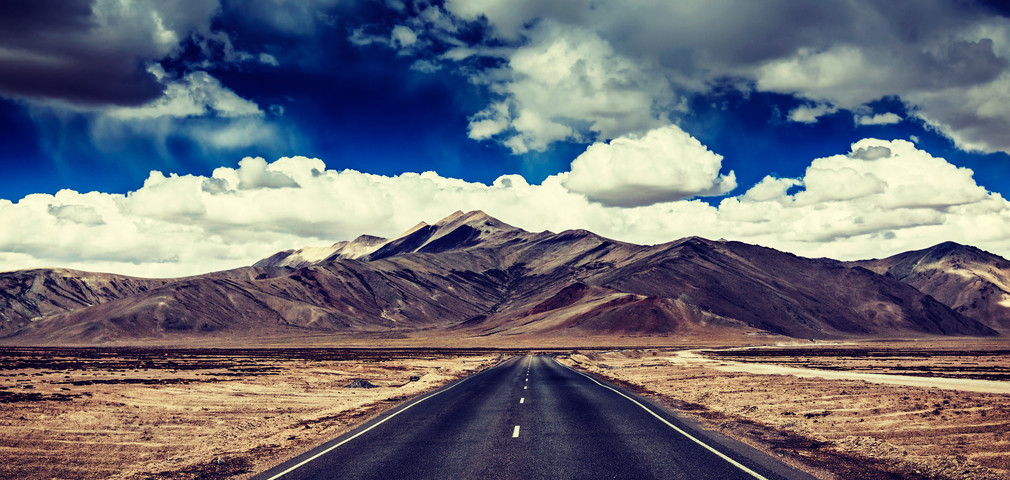
 Manali to Ladakh- a ride of a lifetime
Manali to Ladakh- a ride of a lifetime 







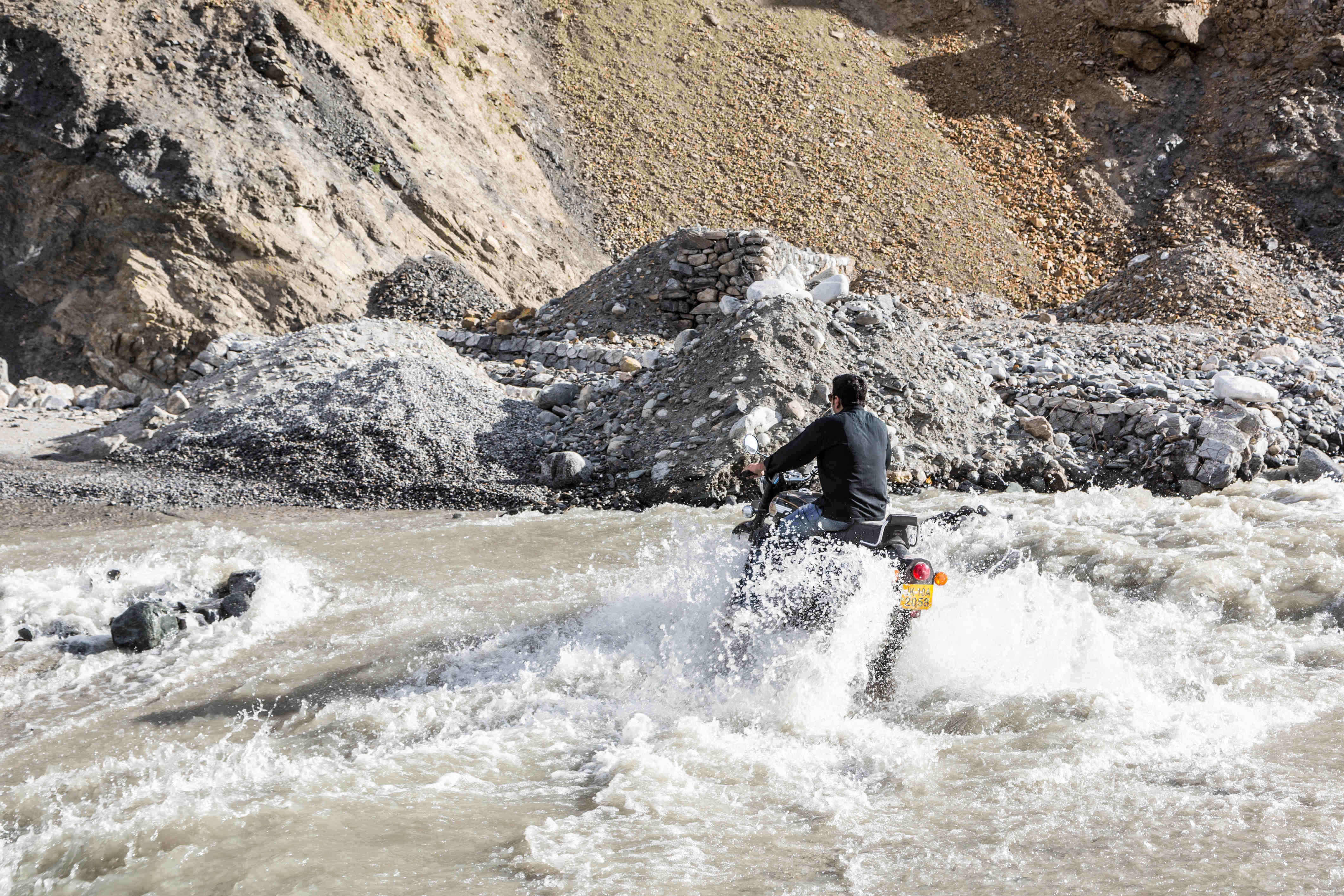

 Journey of Contrasts
Journey of Contrasts